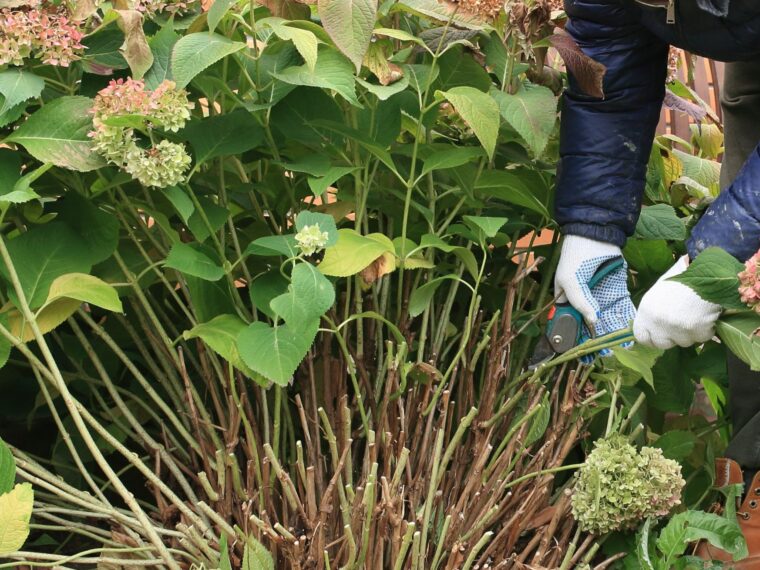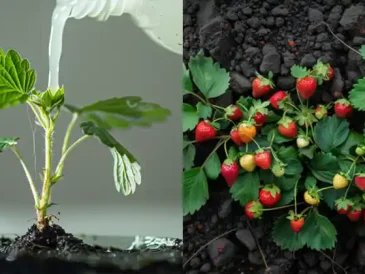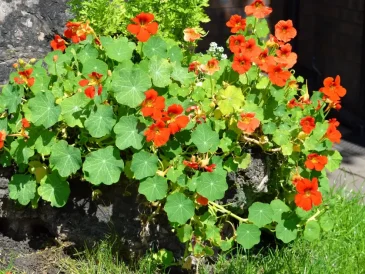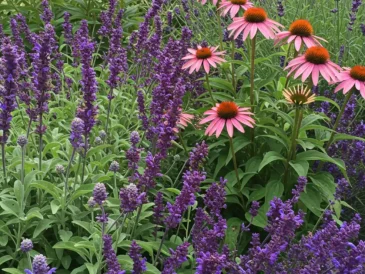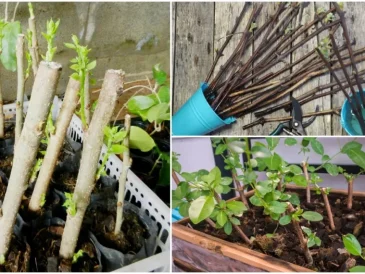Hydrangeas are beloved for their vibrant, colorful blooms and their ability to add elegance to any garden. However, as the growing season comes to an end, it’s essential to know how to care for these plants in the fall to ensure a healthy, beautiful display next spring. While there are some critical tasks you should perform to prepare your hydrangeas for winter, there’s one job that can cause significant damage if done at the wrong time.
Here’s a detailed guide on what to avoid and what you should absolutely do to give your hydrangeas the best chance to thrive.
The One Job You MUST NOT Do: Pruning in the Fall
One of the biggest mistakes gardeners make with hydrangeas in the fall is pruning them. Pruning may seem like a logical step to tidy up your garden before winter, but for hydrangeas, timing is everything.
Why You Shouldn’t Prune in the Fall
Hydrangeas, especially the popular varieties like Bigleaf hydrangeas (Hydrangea macrophylla) and Oakleaf hydrangeas (Hydrangea quercifolia), set their flower buds for the next year on old wood. These buds form during late summer or early fall, and if you prune at this time, you risk cutting off the very buds that will become next year’s flowers.
Pruning in the fall will not only remove next year’s blooms but also leave your hydrangeas more vulnerable to frost damage. It’s best to hold off on any major pruning until after the plants have bloomed in the following spring or summer.
Four Things You Really Should Do to Your Hydrangeas in Fall
While pruning is off the table, there are some essential tasks you should focus on to help your hydrangeas thrive through the colder months. These simple steps will prepare them for winter and ensure they come back strong next growing season.
Four Things You Really Should Do to Your Hydrangeas in Fall
While pruning is off the table, there are some essential tasks you should focus on to help your hydrangeas thrive through the colder months. These simple steps will prepare them for winter and ensure they come back strong next growing season.
1. Clean Up Fallen Leaves and Debris
As autumn progresses, your garden may be covered in fallen leaves and debris. It’s crucial to clean up around your hydrangeas to prevent fungal diseases and pests from taking hold over winter.
- Why it’s important: Decaying organic matter around the base of your plants can harbor harmful insects, mold, and mildew. Cleaning up this debris helps to keep your hydrangeas healthy and disease-free.
- How to do it: Remove any fallen leaves or dead plant material from the ground around your hydrangeas. You can also lightly rake the soil to aerate it, improving drainage.
2. Mulch the Base
Mulching your hydrangeas is a crucial step in protecting their roots from winter’s chill. A thick layer of mulch will insulate the plant’s root system, helping to regulate soil temperature and moisture levels during the cold months.
- Why it’s important: Hydrangea roots are susceptible to frost damage, especially during sudden cold snaps. Mulching helps to keep the soil warm and prevents the roots from freezing.
- How to do it: Apply a 2-3 inch layer of mulch (such as pine bark, straw, or shredded leaves) around the base of the plant. Be sure to leave a little space around the stem to prevent moisture buildup that could cause rot.
3. Water Thoroughly Before the First Frost
Hydrangeas, like most perennials, need plenty of moisture heading into winter. Ensuring they are well-hydrated will help them survive the cold months when they enter dormancy.
- Why it’s important: Dry soil can lead to root damage during freezing temperatures. Hydrangeas that are well-watered before the ground freezes have a better chance of surviving winter.
- How to do it: Water your hydrangeas deeply in late fall, making sure the water reaches the roots. This is particularly important for young or newly planted hydrangeas that have not yet developed strong root systems.
4. Protect the Stems with Burlap or Fleece
In regions where winter temperatures drop significantly, it’s wise to protect your hydrangea stems from the cold. Covering them with a breathable material like burlap or fleece will shield them from frost, snow, and harsh winds.
- Why it’s important: Frost can cause severe damage to hydrangea stems, especially for varieties that bloom on old wood. Protecting the stems helps prevent dieback, ensuring healthy growth in spring.
- How to do it: Gently wrap the hydrangea stems with burlap or garden fleece in late fall, securing the material with twine. Avoid using plastic, as it can trap moisture and cause rot.
Bonus Tip: Don’t Overfeed Your Hydrangeas in the Fall
Fertilizing hydrangeas in the fall can encourage new growth, which will be more vulnerable to frost damage. Instead, fertilize in early spring when the plant is ready to grow again.
